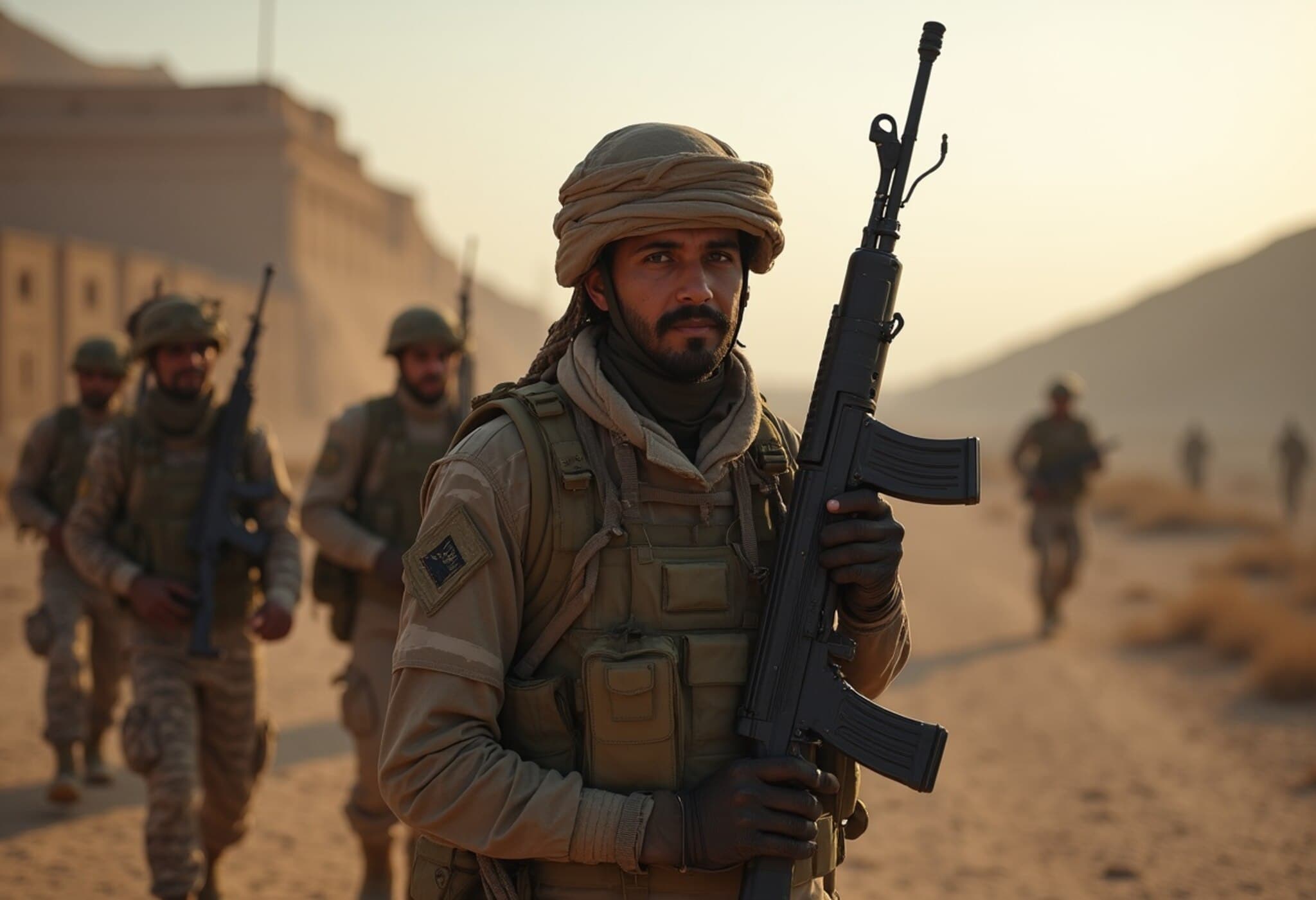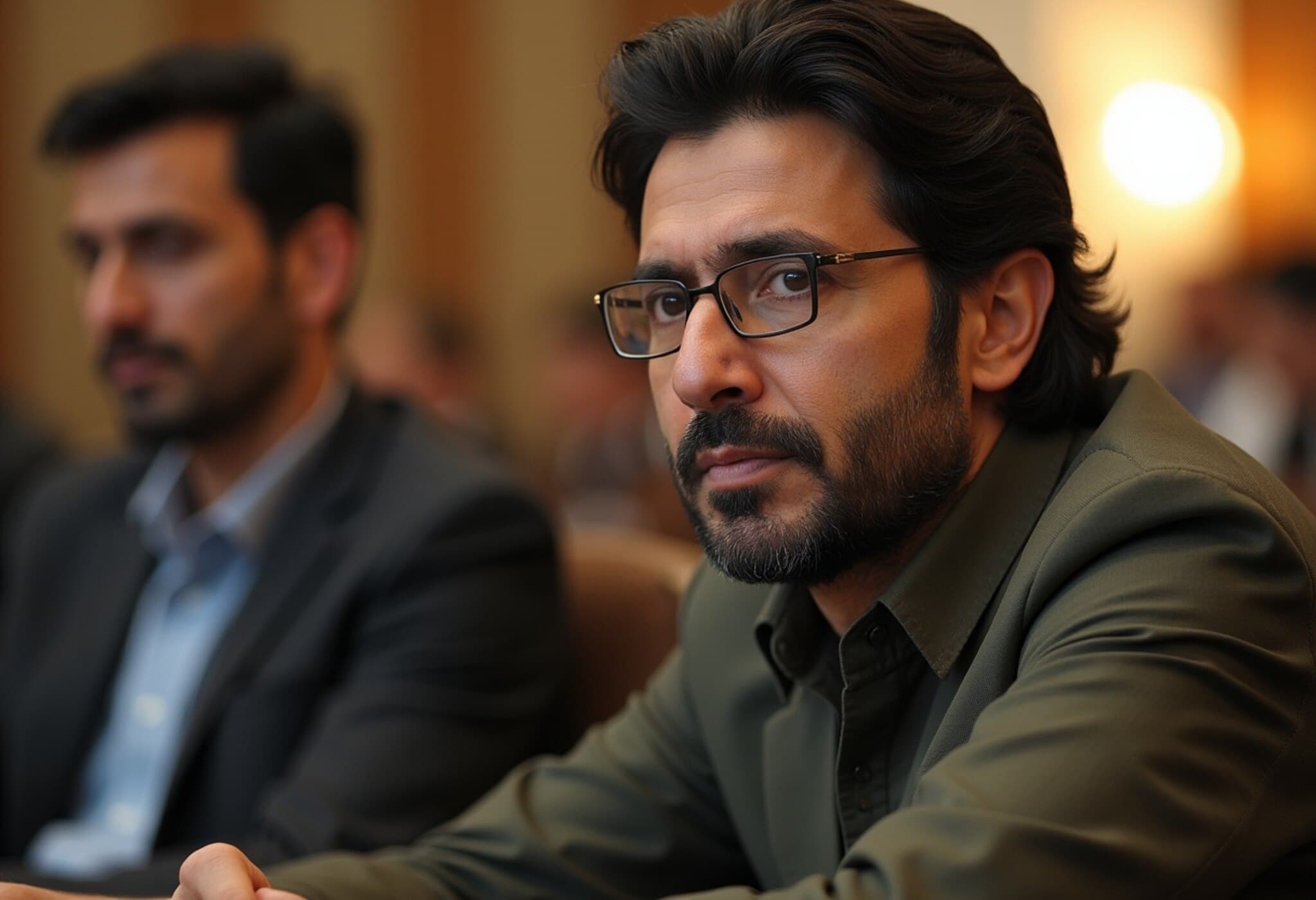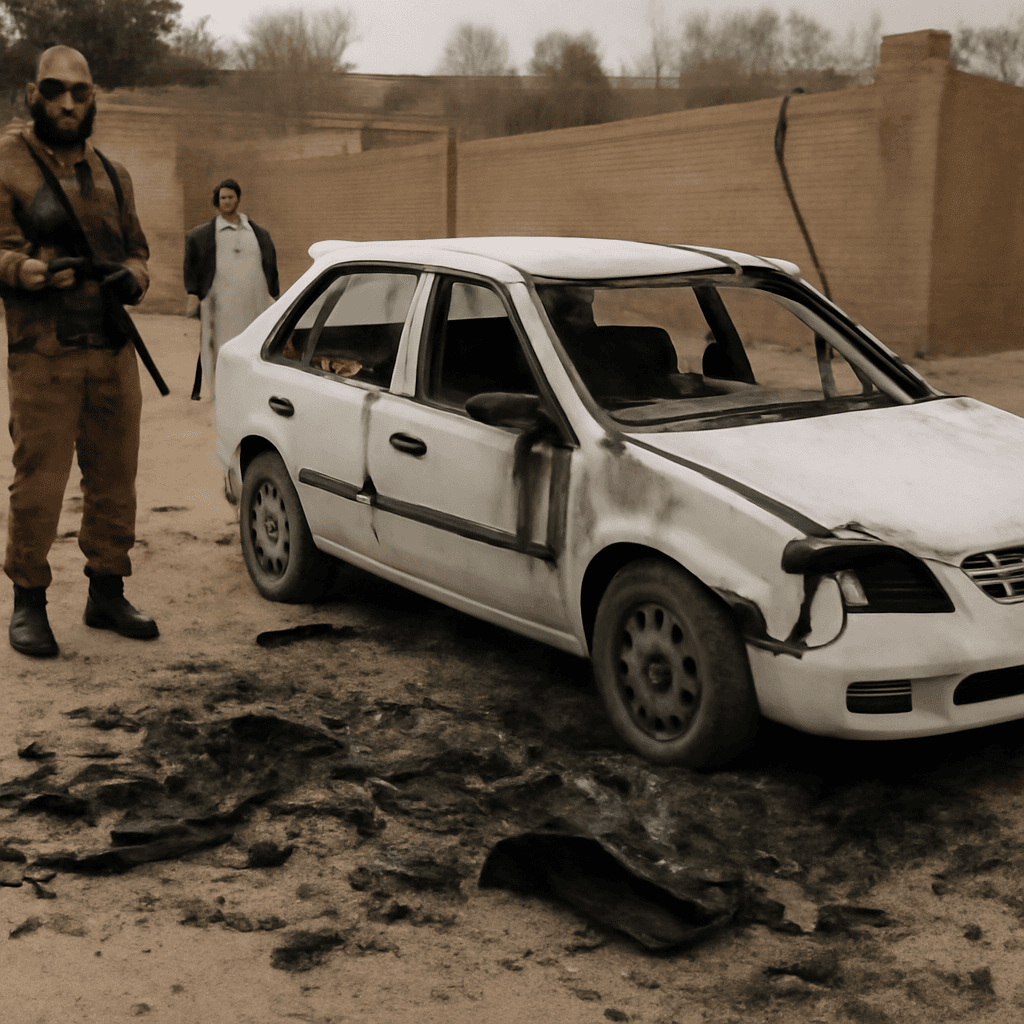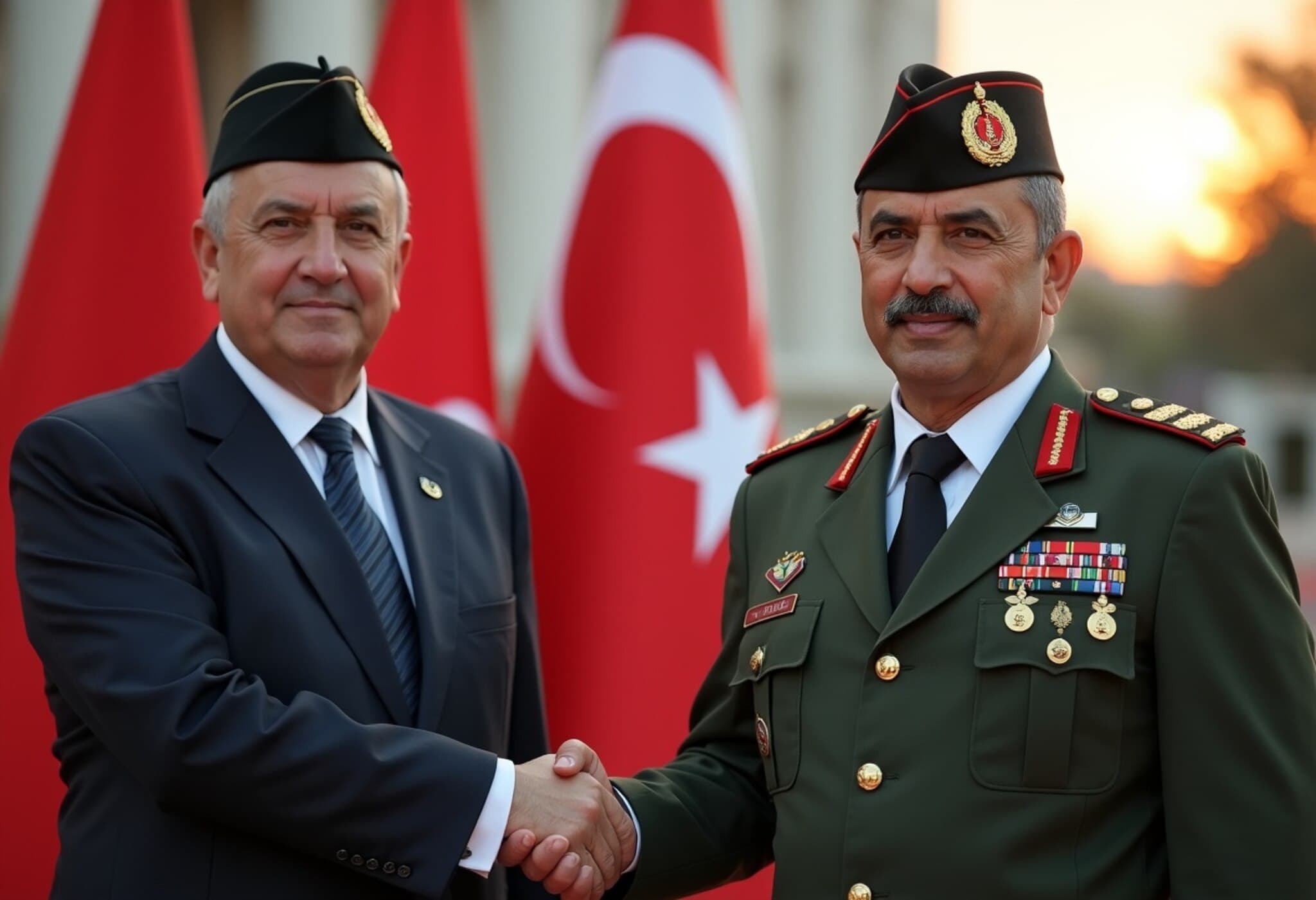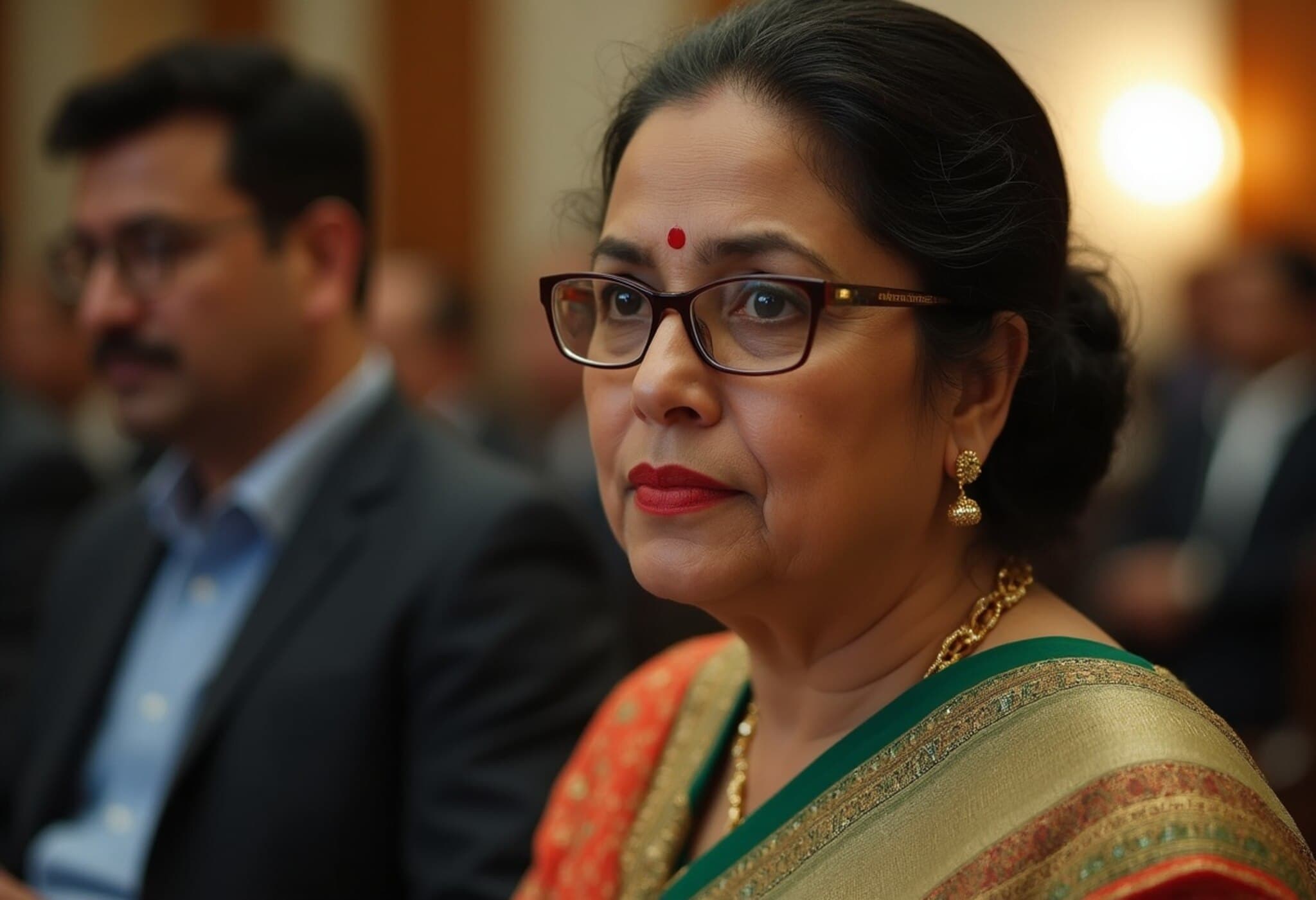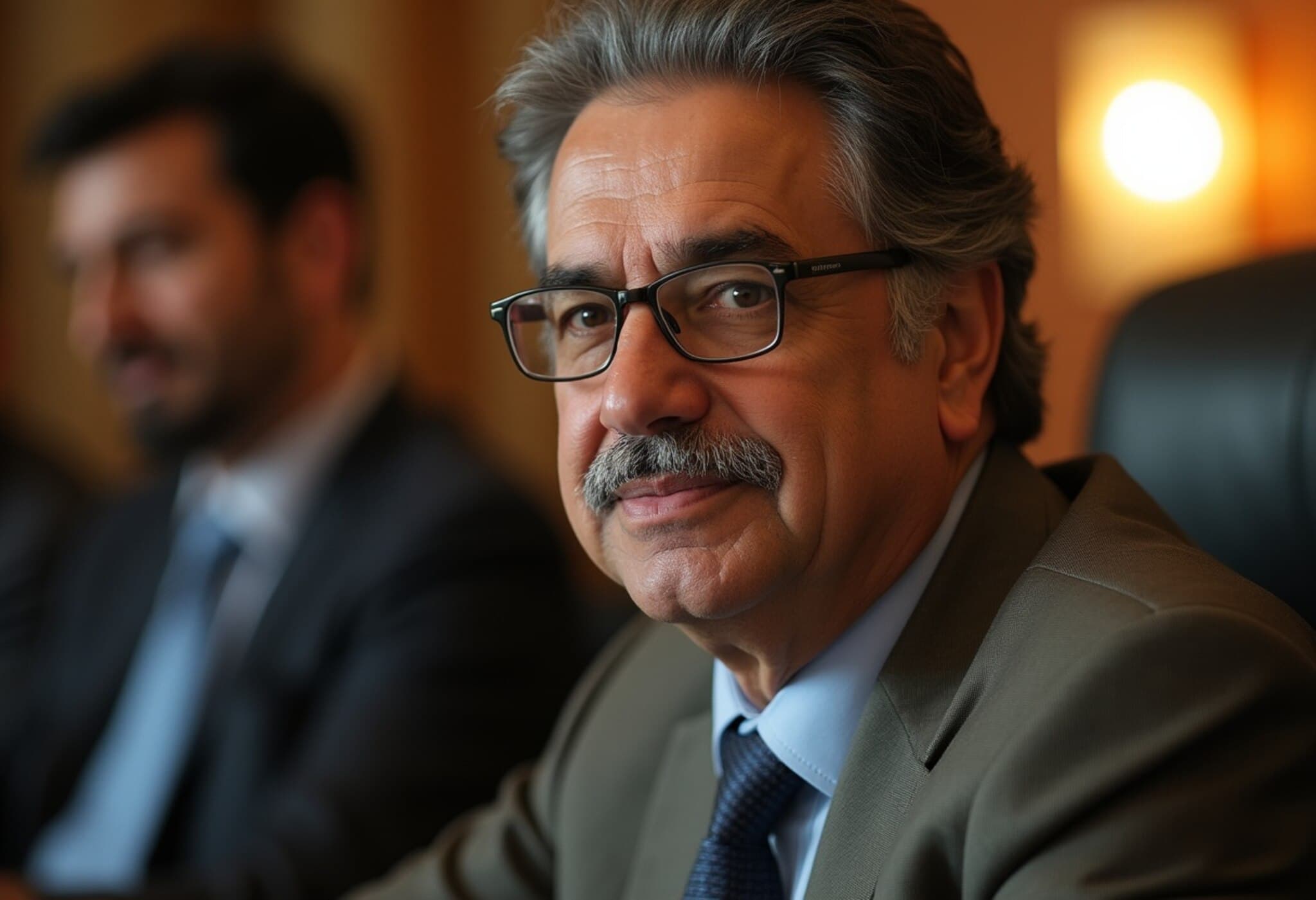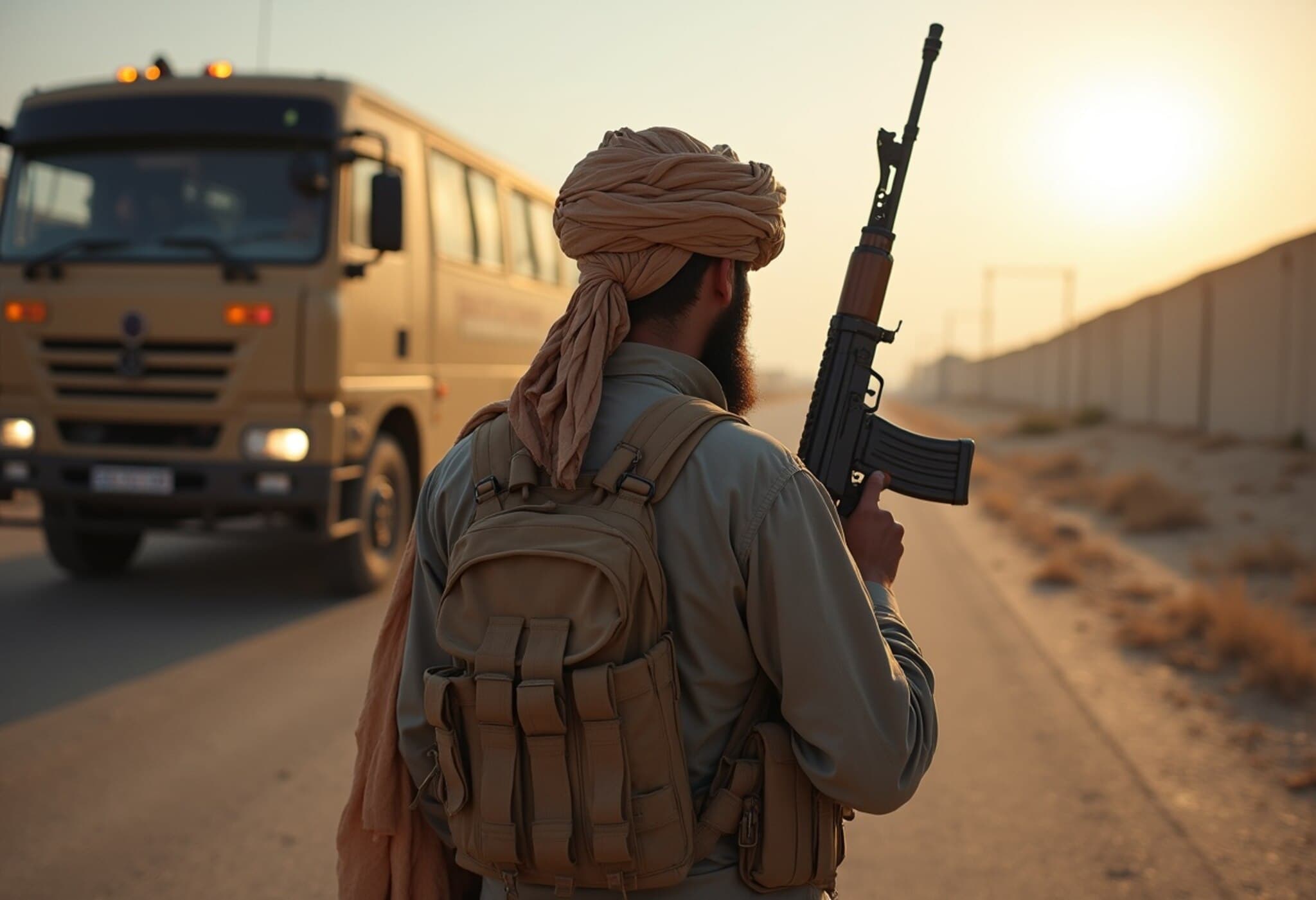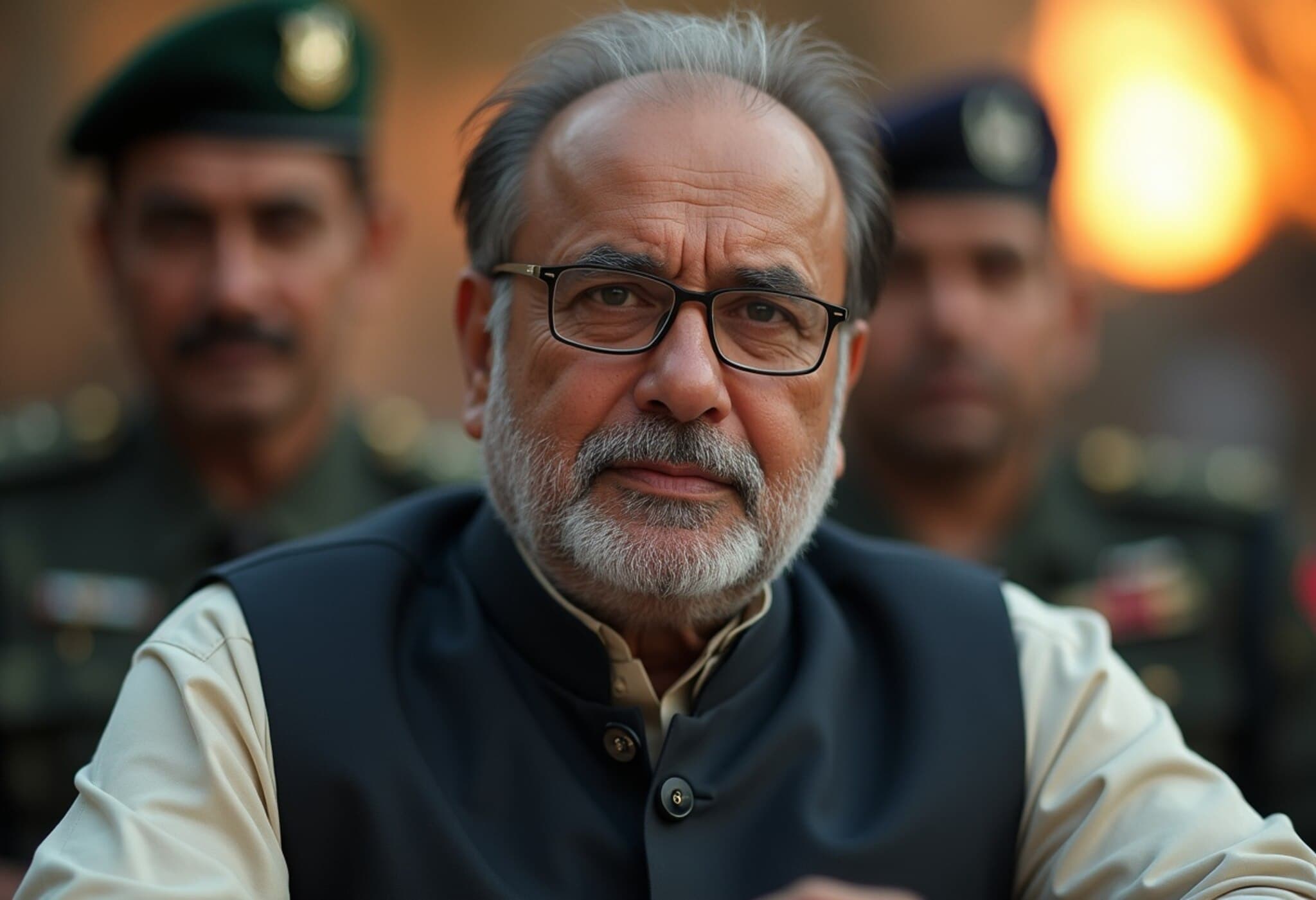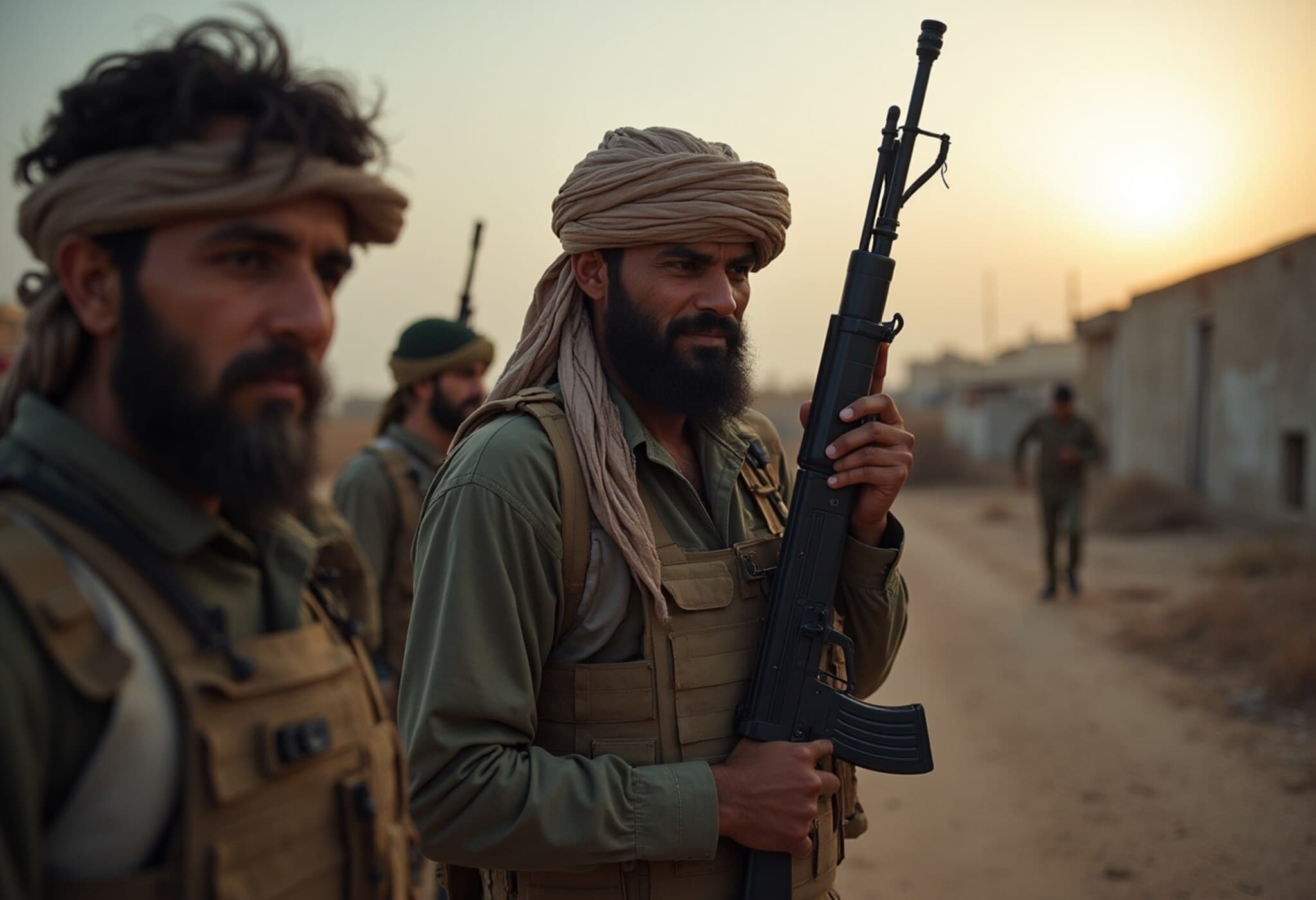Deadly Militancy Surges in Balochistan: 27 Troops Killed in Coordinated Strikes
Over the span of two turbulent days, multiple Baloch insurgent groups have launched a wave of violent attacks against Pakistani military forces in the restive province of Balochistan. These strikes, involving ambushes and improvised explosive devices (IEDs), culminated in the deaths of at least 27 Pakistani soldiers, shaking the region and underscoring the lingering instability decades after the conflict began.
Balochistan Liberation Army’s High-Profile Assault
The Balochistan Liberation Army (BLA), one of the most prominent separatist factions, claimed responsibility for a devastating attack through its Fateh Squad. The group targeted a military transport bus near Kalat’s Nimargh Cross area, a key flashpoint in the insurgency. According to BLA spokesman Jeeyand Baloch, this assault resulted in the deaths of 27 soldiers and injuries to several others. The bus was reportedly en route from Karachi to Quetta, ferrying military personnel.
While the BLA emphasized that civilians onboard, including a group of qawwali performers, were not intended targets, reports confirmed tragic civilian casualties—three lives lost, notably two of the qawwal musicians. This aspect highlights a heartbreaking dimension of the conflict where innocent lives continue to be caught in the crossfire, complicating narratives around the insurgency’s conduct and public perception.
Additional Blasts and Ambushes Escalate Conflict
In a separate attack in Quetta’s Hazarganji area, the BLA detonated a remote-controlled IED that reportedly killed two soldiers and injured seven others. Simultaneously, the Balochistan Liberation Front (BLF), another influential insurgent faction, announced two violent operations within the past two days.
- An IED blast in Kalat’s Khazina area resulted in the deaths of four Pakistani soldiers.
- An ambush attack in the Gujro Kor area of Awaran claimed six lives, including Major Syed Rab Nawaz Tariq, a decorated officer from Muzaffarabad.
The BLF further reported that its sniper unit engaged a nearby military convoy, forcing a tactical withdrawal. Defying official state media which claimed three BLF fighters were killed in counter-operations, the group alleged these were staged "fake encounters," a charge that reflects the deep mistrust between insurgents and Pakistan’s security apparatus.
Decades-Long Insurgency Challenges Pakistan’s Stability Claims
Balochistan, Pakistan’s largest province by area, has long been a tinderbox of separatist sentiment driven by demands for greater autonomy and control over the province’s vast natural resources. The Pakistani government has maintained that the insurgency has largely been curbed, but the recent spate of coordinated, deadly attacks paints a starkly different reality.
Experts note that outside observers often overlook the complex socio-political roots fueling this unrest — including economic marginalization, military crackdowns, and human rights concerns — all of which perpetuate cycles of violence and mistrust.
Regional and Policy Implications
This resurgence comes at a critical juncture as Pakistan grapples with internal security challenges and regional geopolitical pressures. The violence in Balochistan poses significant hurdles to stability in a region strategically vital for initiatives like the China-Pakistan Economic Corridor (CPEC), part of the larger Belt and Road Initiative.
From a policy perspective, analysts advocate for nuanced engagement strategies that combine improved governance, economic inclusion, and genuine dialogue with local stakeholders, alongside measured security measures. The continuous military approach without addressing underlying grievances risks perpetuating this conflict indefinitely.
Underreported Questions and Human Toll
While casualties among military personnel are highlighted, less attention is often given to the civilian suffering and the long-term societal impacts within Balochistan. How do repeated violent incidents affect community cohesion? What mechanisms exist for civilian protection amidst insurgent attacks and military operations? Such questions remain crucial but under-discussed.
Editor’s Note: Navigating Balochistan’s Complex Turmoil
The recent attacks underscore a grim reality: peace in Balochistan remains elusive, with tragic costs on both sides. While these events mark another grim milestone in a decades-long struggle for identity and control, they also raise pressing questions about the efficacy of purely militarized responses. For readers seeking to grasp the full spectrum of this conflict, understanding the human stories behind the headlines is essential — stories of loss, resilience, and the yearning for a more stable future in a region rich in potential but scarred by conflict.

